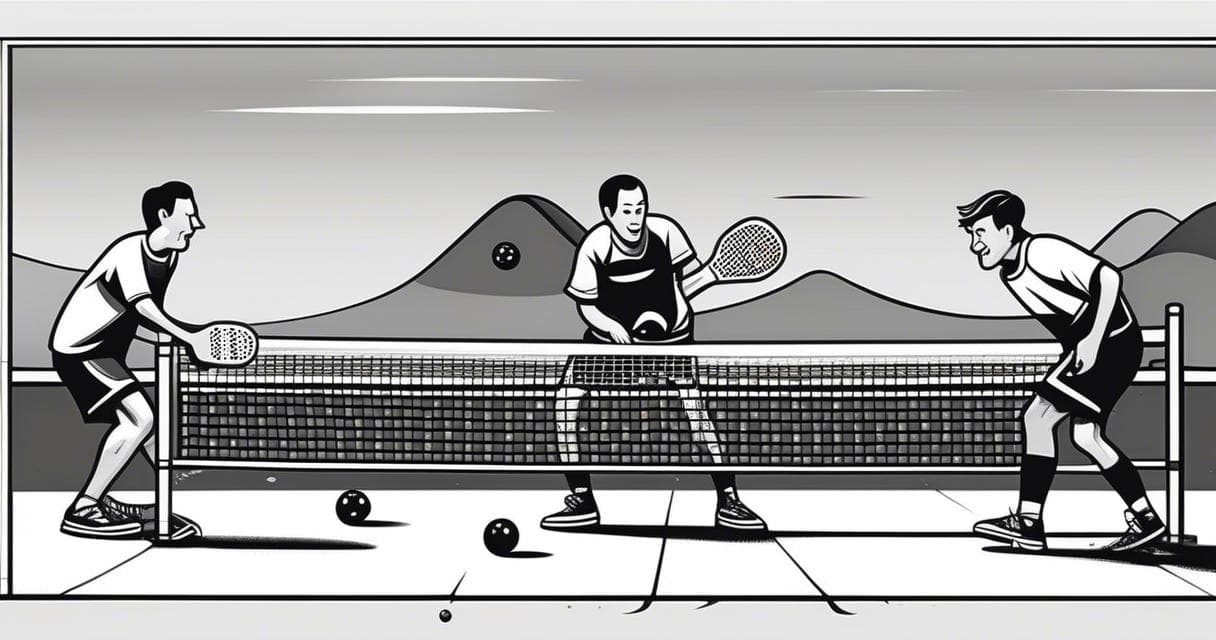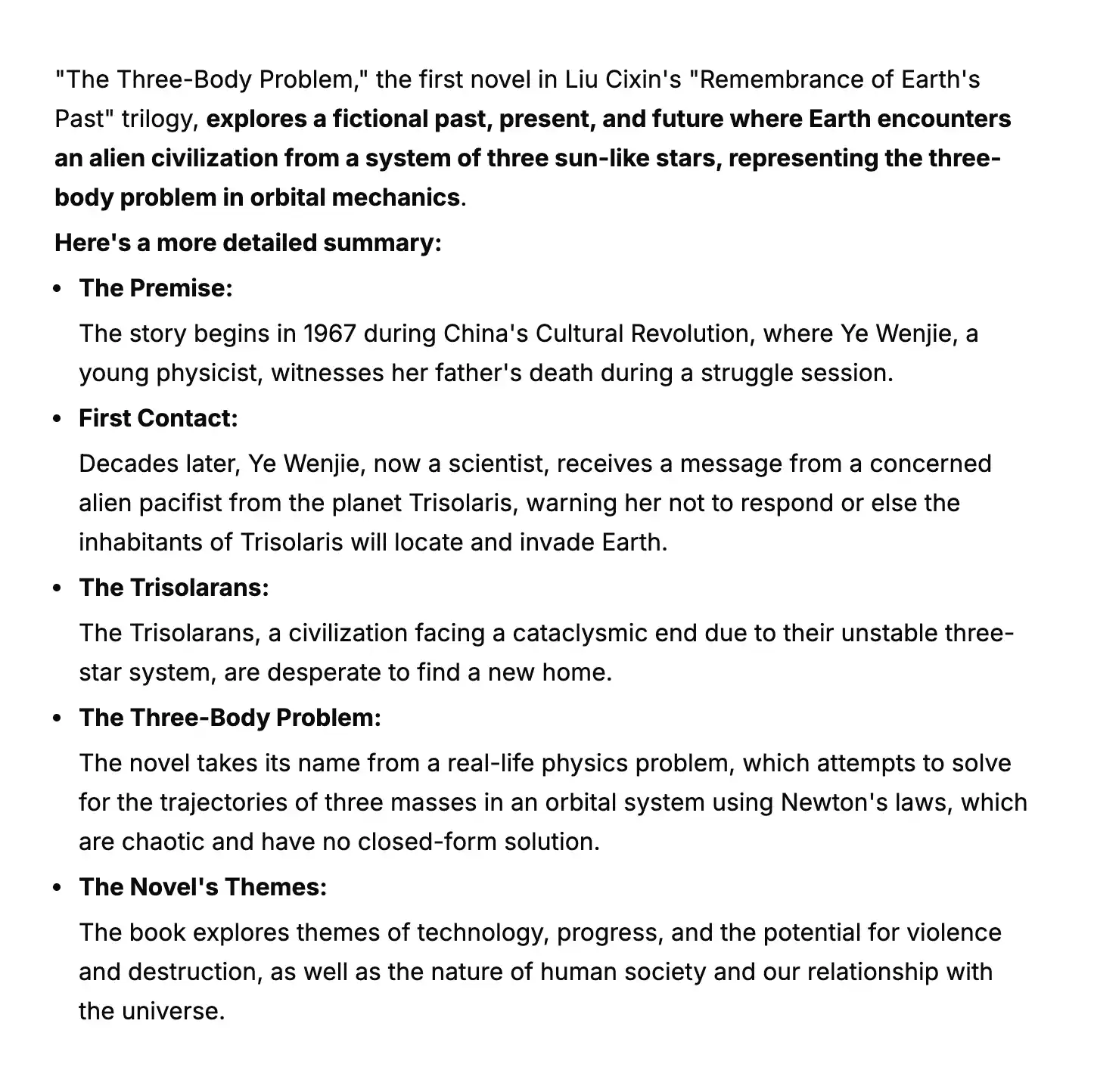Loading Posts...

Yoga teacher training in Bali was heavenly.
Yoga teacher training in Bali was heavenly.

howdy
howdy yo gangsta

Elon doge moon
Elon musk riding doge to the moon

The Art of Doing Nothing
The Art of Doing Nothing: Why Unplugging is the Ultimate Productivity HackIn a world that glorifies hustle culture, where our worth is often measured by how busy we are, the idea of doing nothing feels almost revolutionary. But what if I told you that doing nothing—yes, absolutely nothing—could be the key to unlocking your creativity, focus, and overall well-being? Welcome to the art of unplugging, the ultimate productivity hack you never knew you needed.The Myth of Constant ProductivityWe live in an age of endless to-do lists, back-to-back meetings, and notifications that never stop buzzing. The pressure to be constantly productive can feel overwhelming, leaving us drained, stressed, and, ironically, less productive. We’ve been conditioned to believe that every moment must be optimized, every second accounted for. But here’s the truth: our brains aren’t designed to function like machines. They need rest, space, and yes, even boredom, to thrive.The Science Behind Doing NothingResearch shows that our brains have two primary modes of operation: the task-positive network (TPN) and the default mode network (DMN). The TPN is active when we’re focused on tasks, while the DMN kicks in when we’re at rest—daydreaming, reflecting, or simply doing nothing. It’s during these moments of "idleness" that our brains make connections, solve problems, and spark creativity. Ever had a brilliant idea in the shower? That’s your DMN at work.By constantly filling our time with tasks, we rob ourselves of these precious moments of mental clarity. Unplugging, even for a short while, allows our brains to reset, recharge, and come back stronger.How to Master the Art of Doing NothingSchedule NothingnessYes, you read that right. Block off time in your calendar for doing nothing. Whether it’s 10 minutes or an hour, treat this time as sacred. No phones, no emails, no distractions—just you and your thoughts.Embrace BoredomBoredom is not the enemy. In fact, it’s a gateway to creativity. Let your mind wander without the pressure to "do" anything. You might be surprised by the ideas that surface.Disconnect to ReconnectTurn off your devices and step away from screens. Go for a walk, sit in nature, or simply stare out the window. The goal is to give your brain a break from constant stimulation.Practice MindfulnessDoing nothing doesn’t have to mean zoning out. Try mindfulness practices like meditation or deep breathing to stay present and fully embrace the moment.Let Go of GuiltThe hardest part of doing nothing is often the guilt that comes with it. Remind yourself that rest is not laziness—it’s a necessary part of being human.The Benefits of UnpluggingWhen you give yourself permission to do nothing, you’ll start to notice subtle but profound shifts in your life. You’ll feel more energized, focused, and creative. Your relationships may improve as you become more present with the people around you. And perhaps most importantly, you’ll rediscover the joy of simply being, rather than constantly doing.So, the next time you feel overwhelmed by the demands of life, remember this: doing nothing is not a waste of time. It’s an investment in yourself. Unplug, unwind, and watch as your productivity—and your happiness—soar.What’s your favorite way to unplug? Share your thoughts in the comments below!Disclaimer: No productivity hacks were harmed in the writing of this blog post. 😊

Pickleball
Played pickleball with lads in Danang.

Edward Hopper Style

investing

investing

The Three Body Problem 1
"The Three-Body Problem," the first novel in Liu Cixin's "Remembrance of Earth's Past" trilogy, explores a fictional past, present, and future where Earth encounters an alien civilization from a system of three sun-like stars, representing the three-body problem in orbital mechanics. Here's a more detailed summary:The Premise:The story begins in 1967 during China's Cultural Revolution, where Ye Wenjie, a young physicist, witnesses her father's death during a struggle session. First Contact:Decades later, Ye Wenjie, now a scientist, receives a message from a concerned alien pacifist from the planet Trisolaris, warning her not to respond or else the inhabitants of Trisolaris will locate and invade Earth. The Trisolarans:The Trisolarans, a civilization facing a cataclysmic end due to their unstable three-star system, are desperate to find a new home. The Three-Body Problem:The novel takes its name from a real-life physics problem, which attempts to solve for the trajectories of three masses in an orbital system using Newton's laws, which are chaotic and have no closed-form solution. The Novel's Themes:The book explores themes of technology, progress, and the potential for violence and destruction, as well as the nature of human society and our relationship with the universe.

I read the book, Three body problem
I read the book, Three body problem